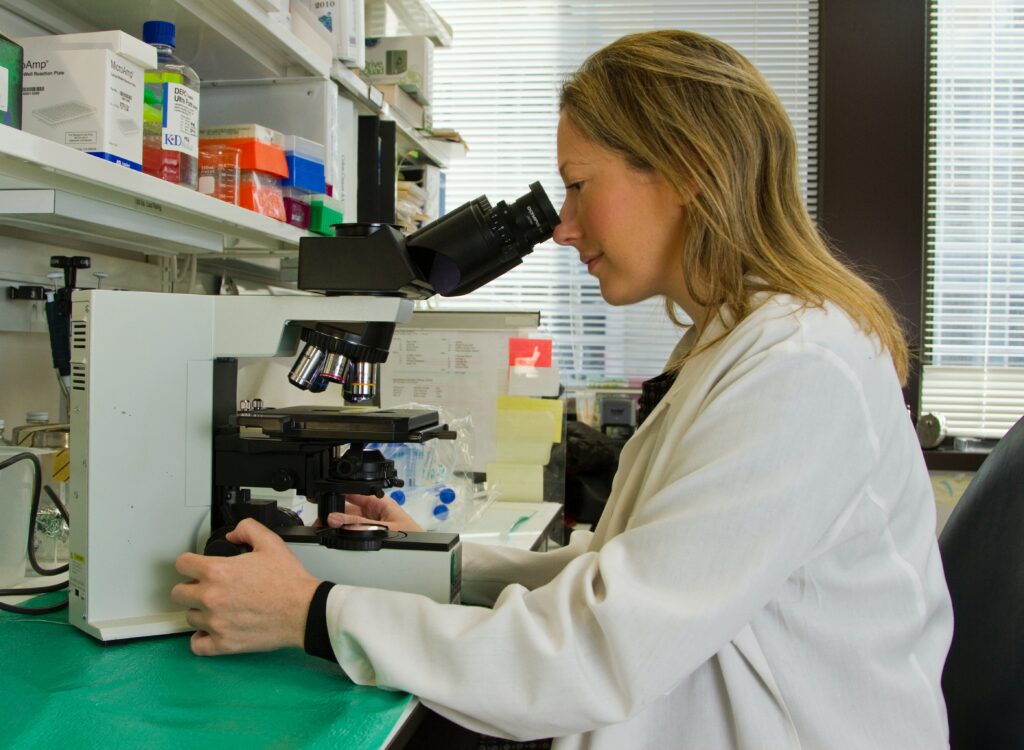
When urologists develop innovative approaches and techniques, they can transform the way patients with urological conditions are treated. Here, you can learn about some of the most exciting advancements in urology treatment.
When a doctor performs shock wave lithotripsy to break up kidney stones, they insert a scope into your urethra and bladder, then aim high-energy shock waves at the stone. The procedure is less invasive and results in quicker healing.
Erectile Dysfunction
Men who have problems getting and keeping an erection should see their primary care provider or a urologist. Erectile dysfunction can interfere with sexual relationships, cause stress, and affect self-esteem. It can also be a sign of an underlying health condition that needs treatment, such as diabetes or heart disease.
For some patients, a prescription medication can help. Others may find relief from a vacuum device that pulls blood into the penis, creating an erection that lasts. If medications don’t work, our urologists can perform a minimally invasive surgical procedure called penile implant surgery.
A number of other factors can contribute to ED, including vascular and neurologic diseases, medications, and psychological factors such as depression or relationship issues. In about 75% of erectile dysfunction cases, the cause is unknown.
In the 1990s, a Chinese urologist pioneered laparoscopic techniques, which involved making small incisions and inserting a long, thin tube with a camera to peer inside the body. This technique allowed urologists to perform many procedures that had previously been impossible or risky without invasive open surgery. Now, urologists are exploring new ways to improve on this approach and make surgery even safer. One method involves entering the abdominal cavity through the space behind the peritoneum, which avoids vital organs and large blood vessels. This approach is called retroperitoneal laparoscopy.
Urinary Dysfunction
Urologists at Perera Urology treat a wide range of conditions, including urinary tract infections and bladder problems like urination difficulties and incontinence. They use advanced techniques to relieve these symptoms and improve patient’s quality of life.
Their involvement in research keeps them at the forefront of urological care, offering their patients advanced treatment options. From the front office to the operating room, their team is dedicated to delivering high-quality care in a supportive environment.
They have a keen understanding of the unique urological needs of men and women and provide comprehensive treatment for both. For women, they treat conditions like interstitial cystitis and urinary incontinence with cutting-edge procedures that offer effective relief. For men, they treat conditions like Benign Prostatic Hyperplasia (BPH) with innovative treatments that provide rapid relief and a faster return to daily activities.
Some of these innovative treatments include Rezum, UroLift, and iTind therapies, which are designed to lift and hold enlarged prostate tissue out of the way without cutting, heating, or removing it. They also have a proven track record in treating BPH with laser therapy, which offers superior results with less pain and faster recovery time.
Other advances that they’re developing involve laparoscopic surgery for various urological conditions. For example, they’re working to develop a technique called “retroperitoneal laparoscopic surgery,” which enters the abdomen through the space behind the peritoneum rather than in front of the organs, making it safer and more efficient.
Urinary Stones
Bladder stones are hard masses of minerals that develop when your bladder doesn’t empty completely. The concentrated urine crystallizes and forms stones, which can block the flow of urine from your kidneys into your ureters. Small bladder stones can pass without treatment, but larger ones need medication or surgery.
The most common type of bladder stone is struvite, made of magnesium, ammonium, and phosphate. These stones are most likely to form in people who have urinary tract infections. Other causes of bladder stones include an enlarged prostate gland (benign prostatic hyperplasia or BPH), injury, damaged nerves that cause paralysis or spinal cord injuries, and some medical devices placed in your body, such as catheters.
Urologists can break up and remove small bladder stones with medications or use a minimally invasive procedure called cystolithotripsy. In this technique, the urologist inserts a tube with a camera — a cystoscope — into your urethra and up into your bladder to locate the stones. The provider then uses a device with a laser or high-frequency sound waves to break the stones into smaller pieces, which can be washed out of your bladder with fluids.
The urologist may also use a surgical procedure called percutaneous nephrolithotomy to remove large kidney and ureteral stones that are too big to pass on their own. This is an open surgery procedure that involves making a cut in your back to access the kidney and ureter.
Kidney Stone Relief
Kidney stones are hard, rock-like objects that form when there is too much waste in the urine with too little liquid. The body’s master chemists eliminate most of the waste in urine but sometimes stones form because of too little water, high levels of calcium or oxalate, infections, fatty foods, or high fructose (found in table sugar and many soft drinks).
Some types of kidney stones can be prevented by drinking more liquids, eating more fruits and vegetables, and increasing protein from plants like beans. Kidney stones melbourne can also be prevented by taking a type of medication called alpha-blockers, which help the body pass certain types of kidney stones by relaxing the muscles in the ureters.
For small stones, the pain usually subsides once the kidney stone moves from the ureter into the bladder or urethra. For larger stones, treatment involves a medical or surgical procedure. Common procedures include lithotripsy, ureteroscopy, and percutaneous nephrolithotomy.
Doctors diagnose kidney stones by a 24-hour urine collection and imaging tests, such as a CT scan or ultrasound. These tests help doctors determine if you are excreting too many or too few of the chemicals that form kidney stones, which are composed of minerals and stone-preventing substances, such as uric acid or phosphate. In some cases, simple abdominal X-rays are used, but these can often miss small stones.